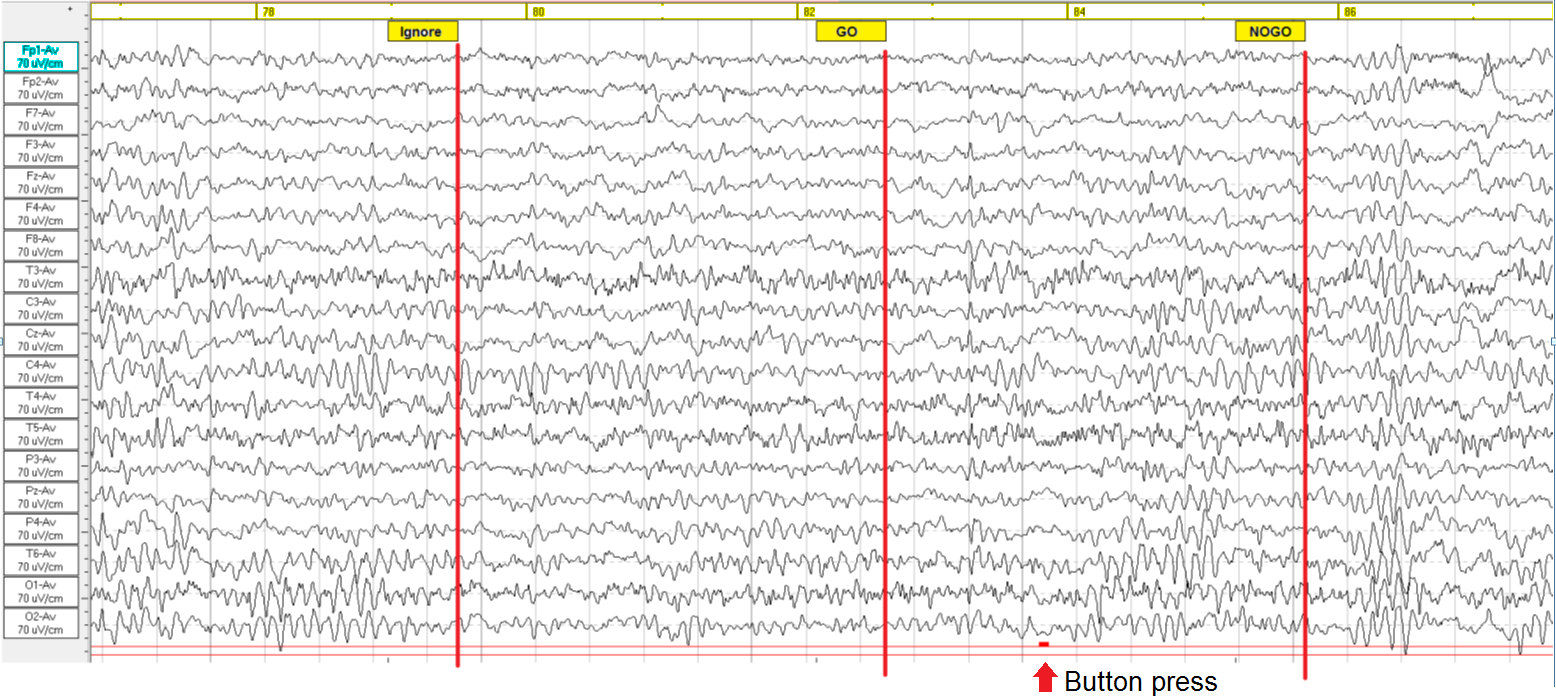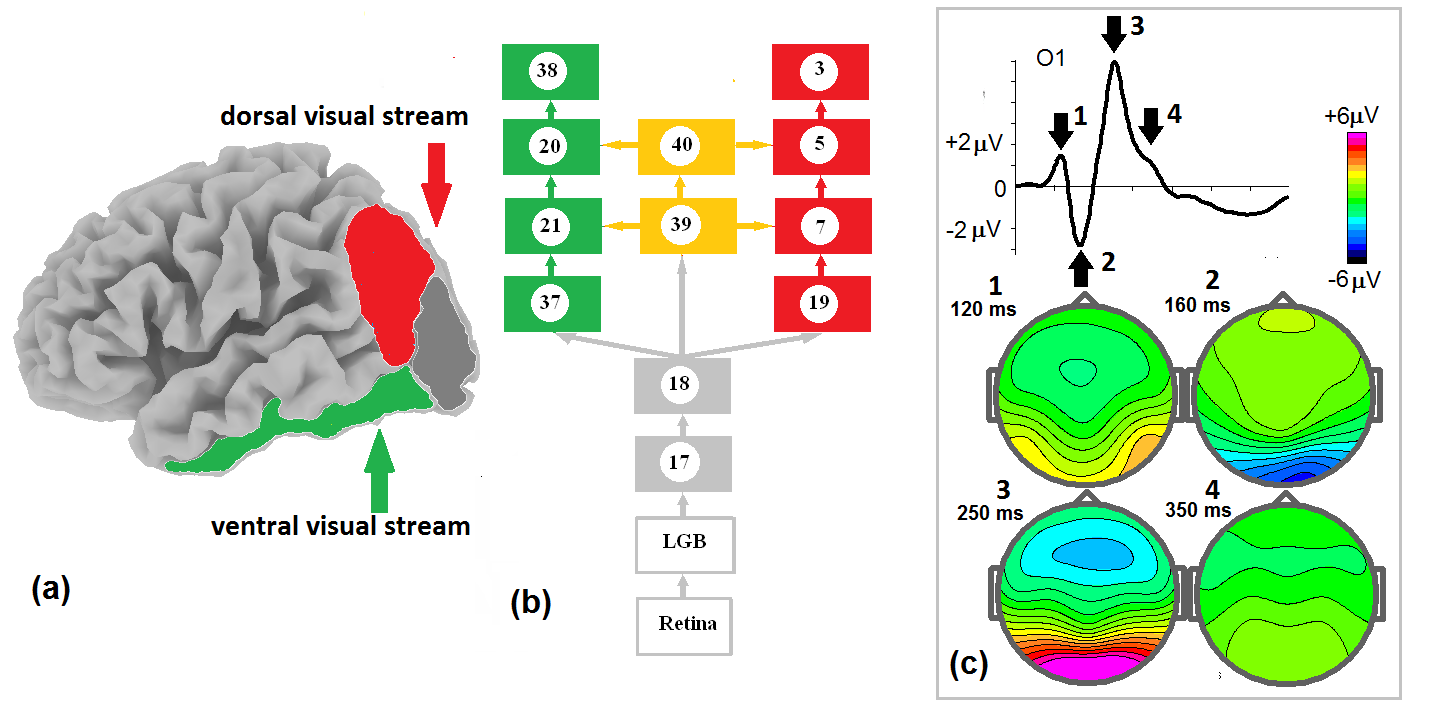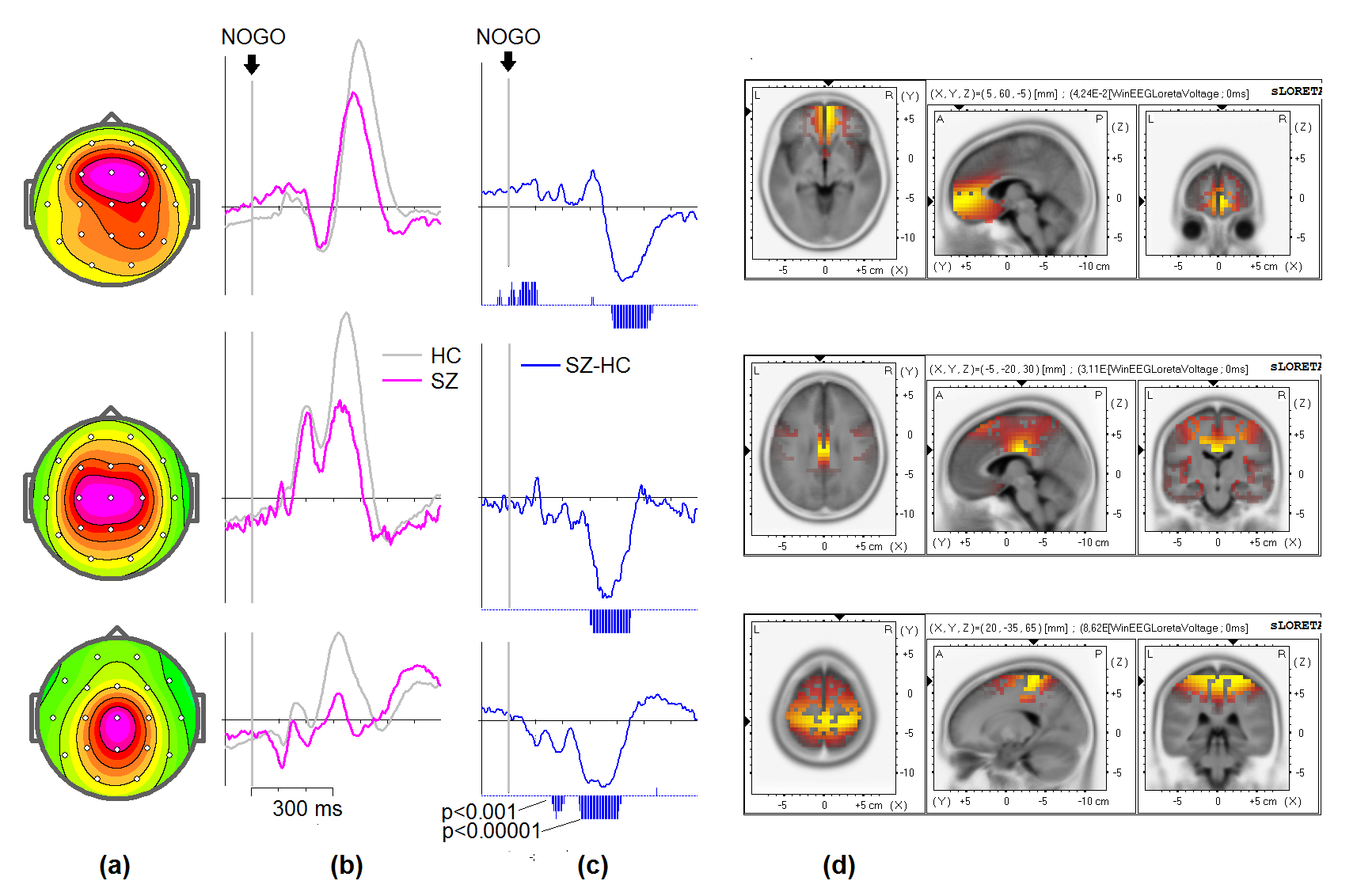![]()
|
Event Related Potentials in clinical practice Webinars with renowned neuroscientist
|
There is a growing interest in using Event Related Potentials in clinical practice especially in the field of neuromodulation. Quantitative EEG (QEEG) and Event Related, potentials (ERPs) are valuable tools for supporting the diagnosis and targeted therapy of mental disorders. These methods help to identify EEG biomarkers indicative of brain dysfunction and may inform personalized treatment of brain-based disorders. While QEEG is quite common investigation especially in the field of neuromodulation , it has on its own a limited diagnostic value but when we add Event Related Potentials to analysis we can gain very significant insights into the brain function, behavior and cognitive performance in a more objective and precise manner.
If you search Pubmed and type “Biomarker” and “event-related potentials (ERPs)” you will find around 1700 papers while biomarkers with QEEG only give you 100 papers. This reflects superior diagnostic value of ERPs over QEEG. The method of ERPs is relatively easy to apply with lower cost as against other functional brain imaging techniques such as PET and fMRI. What you need to do is to record a conventional EEG during a standardized behavioral paradigm (such as an oddball task) and to average EEG fragments.
More than 140000 papers were published since 1964, the year when the first ERP components such as CNV (Contingent Negative Variation) and P3 were discovered. Together with behavioral indexes (reaction time and RT variability, omission and commission errors) ERPs provide you with clinically important data of how effectively the brain processes information. The ERPs have a high test-retest reliability, high sensitivity and specificity for differentiating patient groups from healthy controls. The method can assist clinicians to identify the type of treatment (pharmacological or neuromodulation) can be applied for compensating the observed brain dysfunction.
Prof. Juri Kropotov and his international team have developed new methods for extracting latent components from ERP and published more than 100 papers describing application of these methods in healthy and diseased brain. They also collected a large normative data base for 5 standard stimulus-response paradigms and developed user friendly commercially available software for comparing individual data with the normative data.
Juri Kropotov published two books in English with the first one explaining the methodology (QEEG, event-related potentials, and neurotherapy. 2009. Academic Press, Elsevier) and the second one – application of this methodology in clinical practice (Functional neuromarkers for psychiatry, 2016, Academic Press, Elsevier).
The first webinar:
Introduction to Event Related potentials in Clinical practice is now available to view here:
Other webinars will be available to registered participants or BMMI premium members for free.
Here is a schedule for the whole series:
• ERPs and ADHD, 6.30pm Sydney AEDT, Tuesday 19th Nov 2019• ERPs and ASD, 6.30pm Sydney AEDT, Tuesday 26th November 2019• ERPs and Schizophrenia, 6.30pm Sydney AEDT, Tuesday 3rd December 2019• ERPs and Obsessive Compulsive Disorder, 6.30pm AEDT, Tuesday 10th December 2019• ERPs and Alzheimer’s Disease, 6.30pm Sydney AEDT Tuesday 17th December• ERPs and Peak Performance, 6.30pm Sydney AEDT, Tuesday 7th January 2020
Based on responses of participants other webinars could be added.
____________________________________
General Information
An event-related potential (ERP) is an electrical response of the brain to a specific event. It is measured by the same amplifiers as a conventional multi-channel EEG but records brain activity during task performance, i.e., sequential presentation of stimuli (visual, auditory) and response to stimuli (pressing a button, verbal response). The ERP analysis software corrects for artifacts, samples the recorded EEG into stimulus (or response)-locked segments, averages the segments to obtain raw ERPs, separates them into latent components by blind source separation techniques, and compares the components with the corresponding ones in healthy controls in and different psychiatric conditions (ADHD, autism, depression, schizophrenia, OCD, etc). Each of the components is associated with a specific psychological operation (such as stimulus detection, stimulus recognition, working memory, conflict detection, action initiation, action inhibition) which may be specifically or non-specifically impaired in a certain psychiatric condition.



